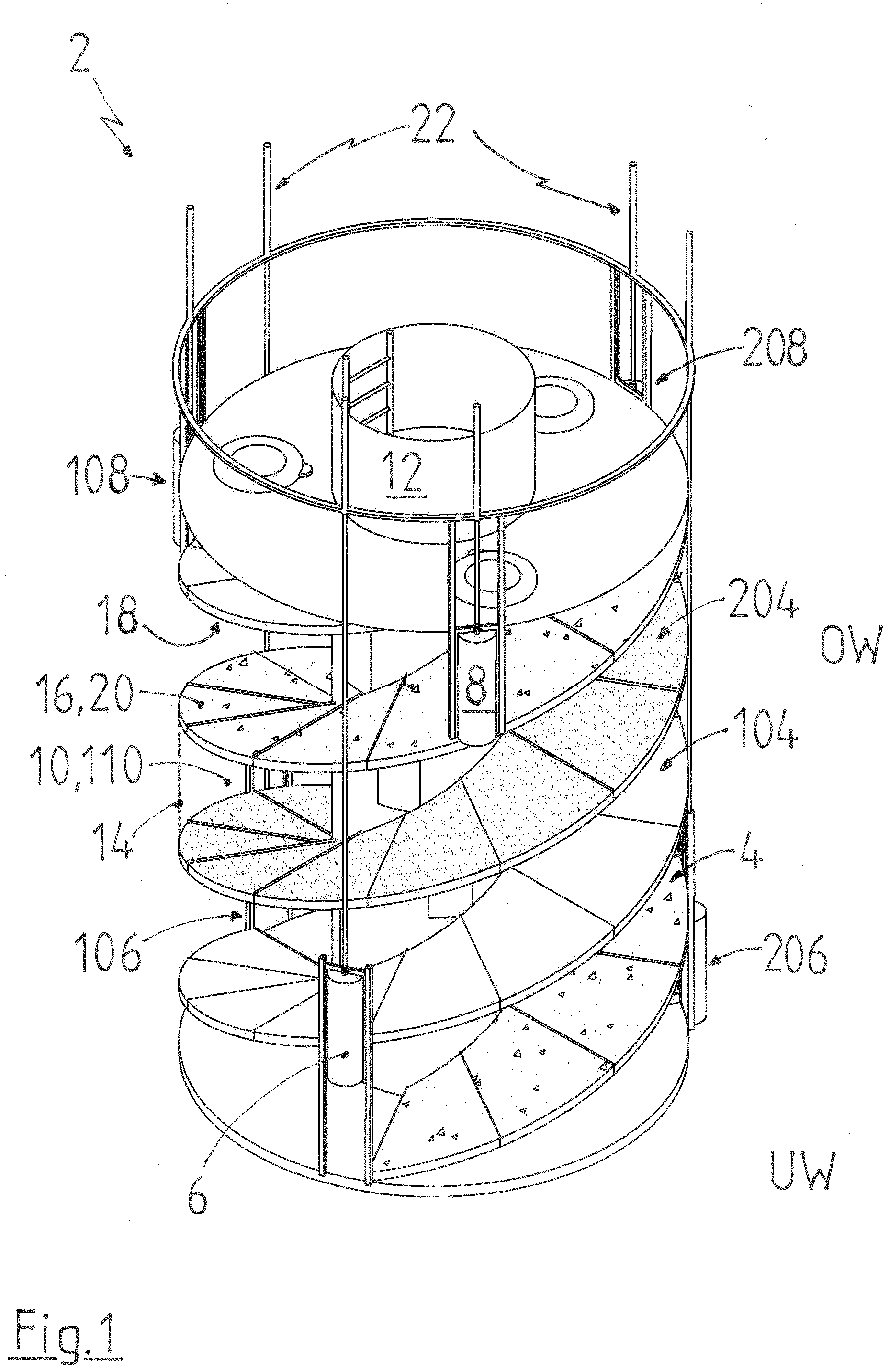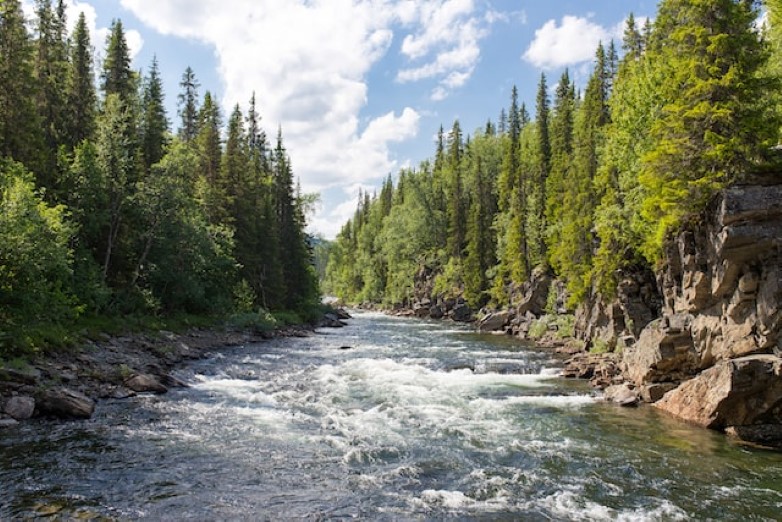Innovations fighting the rise of heatwaves in rivers
In recent years, rising temperatures and heatwaves in rivers have become a growing concern worldwide. The rise of these extreme heat events in rivers not only affects aquatic ecosystems but also has severe consequences for human health, agriculture, and the economy.
One of the primary problems associated with heatwaves in rivers is the effect on aquatic life. Fish are cold-blooded animals, and when the temperature of the water becomes too warm, it can cause them to become stressed, reducing their ability to thrive and reproduce. Moreover, this stress can lead to death and disease outbreaks among fish populations.
The rise of heatwaves in rivers can also have serious implications for human health. In many regions, rivers are the primary source of drinking water. When the water temperature in rivers increases, it becomes more challenging to treat and disinfect the water effectively, leading to an increased risk of waterborne illnesses.
Furthermore, extreme heat in rivers can lead to the development of harmful algal blooms, which can produce toxins that pose a threat to human health. These toxins can accumulate in fish and shellfish, which can then be ingested by humans, leading to illnesses such as paralytic shellfish poisoning and other diseases.
Fortunately, there are innovative solutions being developed and implemented to combat the rise of heatwaves in rivers. Some of these solutions include:
- Green infrastructure: Using green infrastructure, such as wetlands, green roofs, and forests, to filter and absorb stormwater runoff can help to cool water temperatures and reduce the amount of pollutants that enter rivers.
- Shade structures: Installing shade structures over rivers can block out the sun and help to cool the water. These structures can be designed to be adjustable so that they can be moved or removed during different times of the day or year to maximize their effectiveness.
- Cooling technologies: Various cooling technologies are being developed to help lower water temperatures in rivers. For example, some companies are developing floating solar panels that not only generate renewable energy but also create shade and help to cool the water below.

Image from patent: Floating solar panel systems (US10141885B2)
4. Fish ladders: To help fish navigate around dams and other barriers in rivers, fish ladders are being installed. These structures allow fish to swim up and over these barriers, reducing the amount of time they spend in warm water and decreasing the risk of thermal stress.

Image from patent: Fish ladder (EP3231942A1)
5. River restoration: River restoration projects that aim to improve the overall health of rivers can also help to combat heatwaves. For example, restoring riparian vegetation along riverbanks can provide shade and help to stabilize the riverbank, reducing erosion and sedimentation.
In conclusion, the rise of heatwaves in rivers is a problem with far-reaching consequences for both the natural environment and human health. However, with the implementation of innovative solutions, we can work to combat these heatwaves and protect our rivers, aquatic ecosystems, and the communities that depend on them. By working together to implement these solutions, we can ensure the health and well-being of our rivers and the ecosystems they support.
The patent drawings in this blog post were sourced from PatBase, the industry-leading online patent database. Patents are key documents that can help identify new areas of innovation, licensing and partnership opportunities, and gain an understanding of competitors’ R&D activity. Minesoft’s suite of global patent information solutions support IP and R&D teams globally, helping them to harness the power of patent data and make informed strategic decisions. Contact us today to discuss which solution would best fit your needs!

